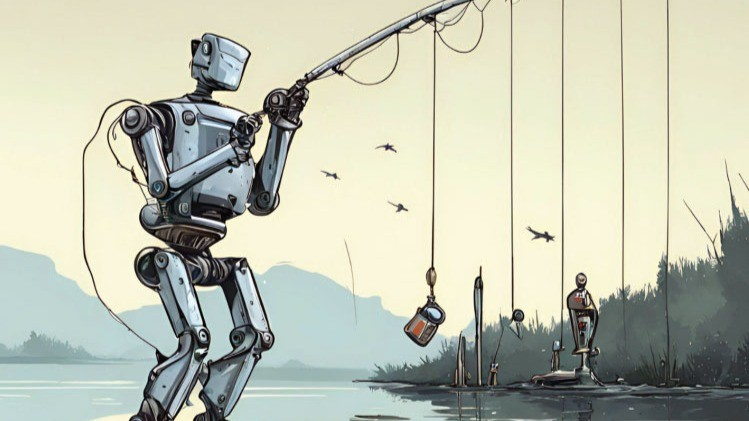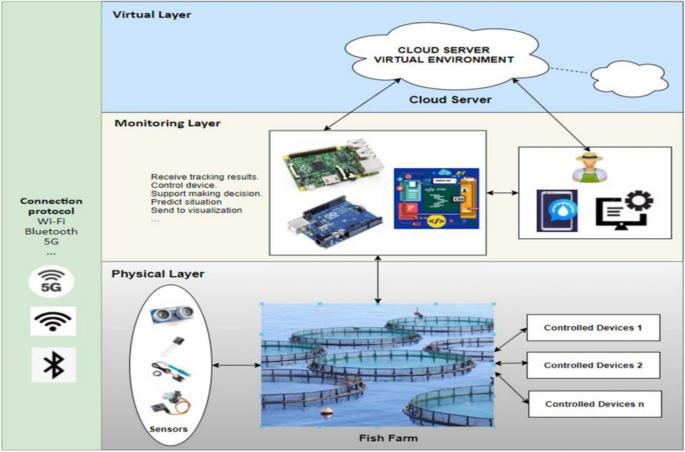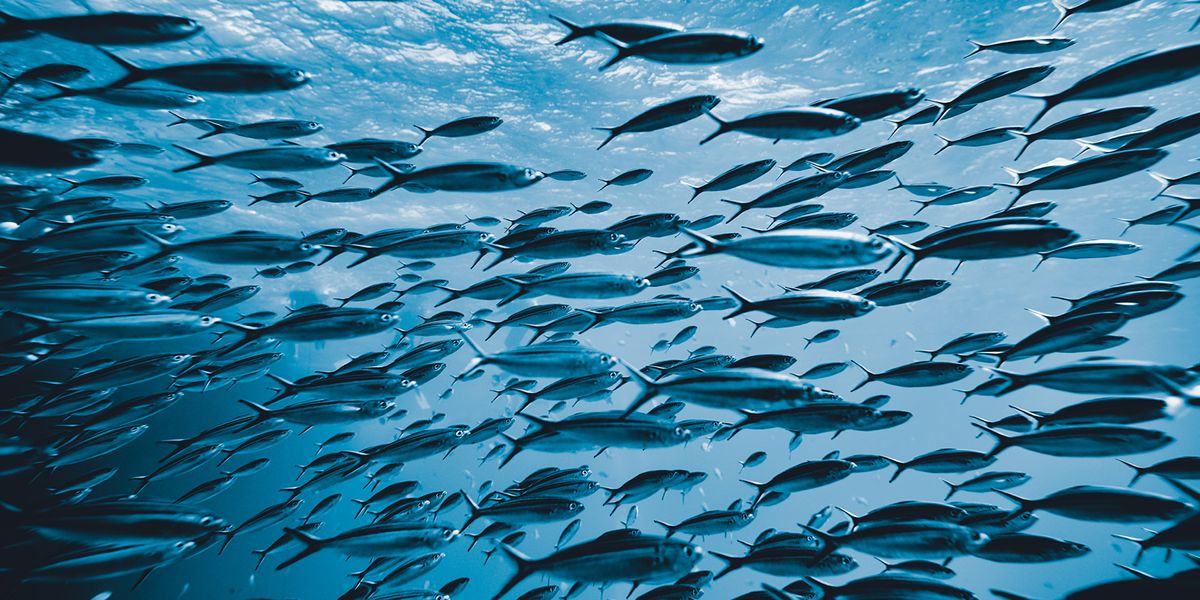Oman’s fishing industry has always been a vital part of its economy, deeply tied to its culture and coastal communities. Recently, this traditional sector has started to embrace modern technology, especially artificial intelligence. AI algorithms are now playing a major role in optimising the fishing supply chain, improving everything from forecasting catches to delivering fish to markets. This change is not only boosting profits but also supporting sustainable practices and improving the lives of fishermen.
The Challenges of Oman’s Fishing Supply Chain
Fishing communities in Oman have faced long-standing challenges. Unpredictable catches, delays in transportation, spoilage in high temperatures, and mismatched market demand have often caused losses. Relying only on traditional methods was no longer enough to compete in today’s fast-paced market. Many fishermen struggled to maximise their efforts because they lacked accurate data and real-time insights.
Predictive Intelligence for Harvest Planning
AI has brought a major shift by providing predictive forecasting. These systems analyse data from weather, ocean conditions, and past catch records to recommend the best times and locations for fishing. This reduces wasted trips, saves fuel, and ensures better catches. Fishermen can now make decisions with more confidence, knowing they are heading to the right spot at the right time.
Real-Time Logistics Optimization
After catching the fish, it is crucial to get it to the market quickly. AI-powered logistics systems calculate the fastest and most efficient delivery routes. They consider traffic, road conditions, and vehicle availability to ensure that the fish arrives fresh. This means fewer delays, reduced fuel costs, and fresher products for customers.

Smart Cold Chain Monitoring
Maintaining the right temperature during storage and transportation is essential. AI uses sensors to monitor cold storage and trucks, sending alerts if the temperature rises. Quick responses prevent spoilage and maintain product quality. This builds trust with buyers and ensures consumers get the freshest seafood.
AI Algorithms:Demand Forecasting and Market Matching
AI also helps balance supply and demand. By analysing market trends, seasonal patterns, and even events that influence consumption, algorithms can predict how much fish each market will need. This prevents shortages and avoids overstocking, ensuring fair pricing and minimal waste.
Enhancing Traceability and Transparency
Today’s customers value knowing where their food comes from. AI-driven platforms track fish from the moment it is caught to when it reaches the store. Using QR codes, buyers can check the origin and quality of their seafood. This transparency adds value and strengthens the relationship between sellers and customers.
Empowering Small-Scale Fishermen
AI tools are not just for big companies. Mobile apps make it easy for small fishermen to access forecasts, price updates, and route suggestions. Even those in remote areas can benefit. These tools increase their income, reduce risks, and give them better control over their work. Training programs also help them use the technology with confidence.
Protecting Marine Ecosystems
AI also supports environmental sustainability. By predicting fish population trends and guiding fishermen away from breeding zones, it helps prevent over fishing. Authorities can use data to enforce rules that protect marine life. This ensures that fishing remains a long-term livelihood without harming natural resources.
Collaboration for Success
The success of AI in Oman’s fishing sector comes from collaboration. Government bodies, private companies, universities, and fishing cooperatives work together to make the technology accessible and effective. Each plays a role in improving systems and encouraging adoption across the country.

Success Stories
In one coastal village, fishermen using AI apps reduced fuel costs by 20 percent while increasing their catch. Another distribution company in Muscat optimised its routes and used AI demand forecasting to reduce waste, gaining new contracts with top restaurants. These success stories inspire other communities to embrace the change.
A Human-Centered Transformation
Although AI involves complex data, the real impact is on people. Fishermen now work with less uncertainty and stress. Market vendors receive better products, and customers enjoy fresher seafood. Training programs make sure technology is easy to use, ensuring that the industry grows without leaving anyone behind.
The Future of AI in Omani Fisheries
The next step is to expand these systems further across Oman. Plans include using satellite data, integrating AI with aquaculture, and predictive maintenance for boats. New regional hubs will share knowledge and improve access to technology for all communities, from cities to small villages.
Conclusion
AI is not just optimising Oman’s fishing supply chain. It is transforming lives, boosting the economy, and protecting the environment. Through predictive forecasting, smart logistics, cold chain monitoring, demand matching, and traceability, the industry is becoming more efficient and sustainable. This change blends tradition with innovation, proving that technology can respect heritage while driving progress. Oman’s fishing sector now stands as an example of how AI can create a brighter future for all.
Do follow Gulf Magazine on Instagram.
Also Read – IoT Solutions Transforming Oman’s Environmental Monitoring for a Sustainable Future



